
HONG VO/iStock/GettyImages
The small but mighty pea is a powerhouse of protein packed with disease-reducing vitamins and belly-filling proteins. Dried peas and green peas are basically derived from the same plant and hold the same characteristics, but to a point. They are literally like two peas in a pod with a few minor differences.
Pea School
Although they may seem a separate type of food from the other dried items in your pantry, peas are in the same family as beans and legumes. They are usually considered separate because of their shape.
Peas are spherical, which sets the legumes apart from their legume cousins. To dry peas, they are harvested in the pod when they have reached full maturity, then dried. When peas are fully dried, they split apart at the seam naturally.
The Pea Differential
The cool weather vegetable comes in many varieties. Green peas, snap peas and snow or sugar snap peas are the most common and are available seasonally. Shucking peas is the best way to get the freshest peas. Fresh, juicy and sweet, they are plump and perfect for munching straight from the pod. Steamed fresh peas have a bit of bite when cooked properly, and are a far cry from the variety that becomes dried peas.
Most peas that are sold fresh can be dried, while those that are sold dried aren’t usually sold fresh. The fresh peas you find at the grocery store and farmer’s market are not the same as those that are harvested for their mature seeds and then dried. It can take up to two weeks to have the mature pea pods completely dry for processing. Mature seeds are higher in starch and make a better dried pea.
Dried peas are built to last and can be stored for years in a cool, dry and preferably dark space. Fresh peas can only be kept cool and crisp in the refrigerator for just a few days before they begin to lose their firm, fibrous structure. Dried peas need to be rehydrated before being consumed.
Pea Health
Although high in fiber, dried peas also offer protein, iron, vitamin C and B vitamins. They provide more than 65 percent of the daily value for fiber. The isoflavones in dried peas are phytonutrients, which have been linked to a reduction in breast and prostate cancer risks. Peas are also part of a heart-healthy diet, lowering the risk of heart disease by more than 80 percent.
Related Articles

Beans Vs. Lentils
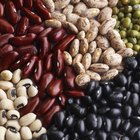
How to Cook Purple Hull Peas in the ...
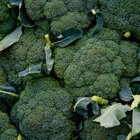
Vegetables That Are Considered to Be ...
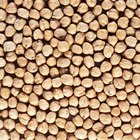
How to Know When Sprouted Garbanzo ...

Can I Add Baking Soda to Soften Peas?

How to Store Alfalfa Sprouts
How to Freeze Fresh Shelled Black Eyed ...

How to Cook Fried Green Peas

The Sugar in Mangoes

Why Are Date Fruits a Superfood?
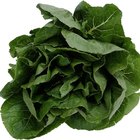
How to Dry Spinach

How to Cook Green Beans to Be Crisp and ...

How to Trim Sugar Snap Peas

How to Cook Broad Bean Shells
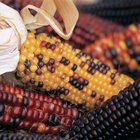
How to Dry Corn on the Cob
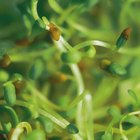
Why Do Sprouts Taste Bitter?

Should You Steam or Blanch Bean Sprouts ...

How to Dehydrate Peas

Difference Between Cellophane Noodles & ...

How to Cook Romano Beans
References
Writer Bio
Kimberley McGee has written for national and regional publications, including People magazine, the New York Times, Los Angeles Times, Las Vegas Review-Journal and more. The award-winning journalist has covered home decor, celebrity renovations, and sat down with reality HGTV stars to discuss the latest trends.